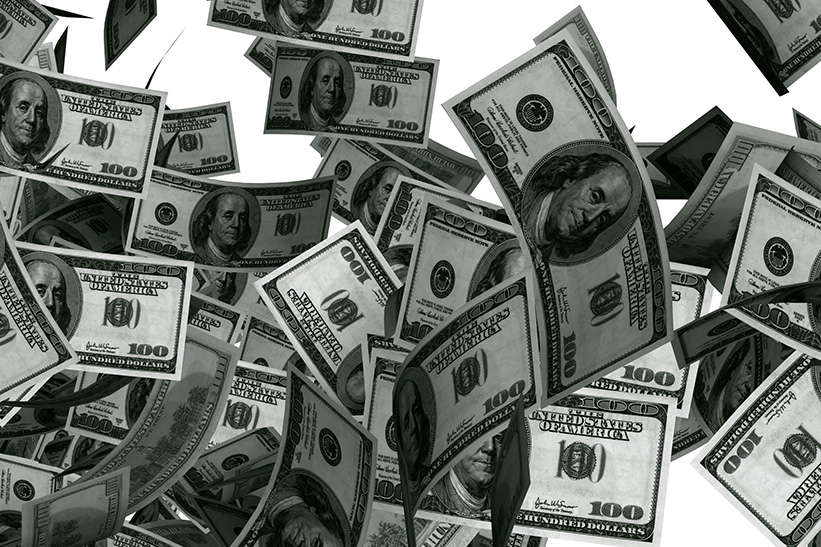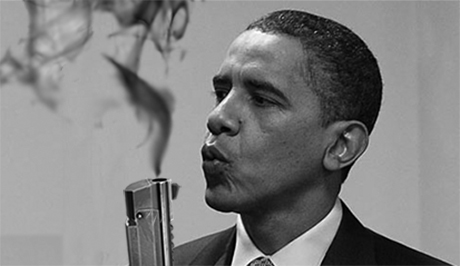We do not face just one problem, but our many problems tend to come down to one thing: trying to do too much through government.
Last weekend, at Townhall, I noted that the most wildly popular economic policy doctrine of the last hundred years, Keynesianism, has not — its proponents say — been properly given a chance during the two biggest financial contractions of our time, the Great Depression and the recent mortgage-backed securities implosion. In both cases, more money was needed for proper “stimulus.”
Ironic, perhaps, since Keynesianism has been used as an excuse to run deficits and increase debt for scores of years.
Yes, even a doctrine designed to play into the hands of politicians gets abused by politicians.
The lesson: Excuses to grow government are not revolutionary insights, they’re traps.
Yesterday I talked about how the “Laffer Curve” point where raising the tax rate actually reduces revenue is lower for capital gains than for general income. But one consequence of a revenue-maximizing capital gains rate is that there would then be rich investors who wind up paying a smaller percentage of their incomes in taxes than do common laborers.
Tax fairness is an issue that should not be ceded to those caught in the clichés of the age. Think of tax fairness, instead, as a rationale for a limit. Not as an excuse to raise tax rates punitively, hatefully, foolishly (like the current president wants).
Bring all tax rates down to the level of the tax with the lowest revenue-maximizing rate. Don’t raise capital gains taxes, lower the income tax.
Taxes would then be fair. And government would have to be reduced to accommodate the fairness, and thus more limited.
Less of a trap.
This is Common Sense. I’m Paul Jacob.


